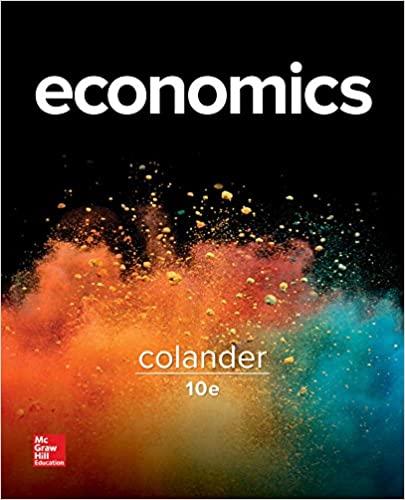5. Radicals see the trade-off between inflation and unemployment as one that pits inflation-phobic investorsout to protect
Question:
5. Radicals see the trade-off between inflation and unemployment as one that pits inflation-phobic investors—out to protect the value of their assets and the corporate profits in which they invest—against workers who are out for employment and wage growth. Lower unemployment rates and more jobs bolster the bargaining power of workers, pushing up wages, which either leads to inflation or eats into corporate profit margins. The trade-off changed in the 1990s as globalization put workers in no position to push for higher wages even as unemployment rates declined. Compare this explanation of change in the trade-off between unemployment and inflation during the 1990s with the one in your textbook.
a. Where do they agree and where do they differ?
b. Which do you find more convincing? (Radical)
Step by Step Answer:







